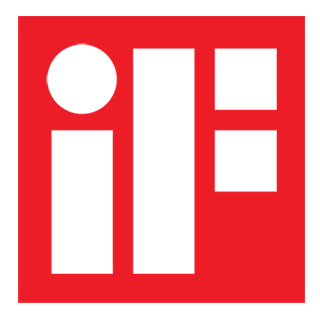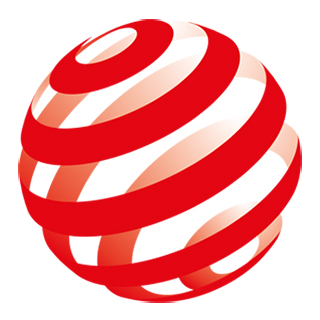KAMCOS 2.0 – User Interface Design for Textile Machines
Touch-optimized user interface design for textile machines.
User interface design for textile machines in the field of warp knitting machines, technical textiles and warp preparation. The intuitive and user-oriented operating concept with its modular structure uses a uniform interface for the wide range of machine types. The contents of the production side can be customized to the requirements of user roles or machine properties. The main navigation has a process-oriented structure. The operators are guided through their daily tasks. Functional animations support the interaction. Feature extensions on mobile devices round off the project.
The project was awarded with the DDC Award Gute Gestaltung 17, the German Design Award 2017, the UX Design Award 2016, the Red Dot Award: Communication Design 2016 and the iF AWARD 2016.
Tasks
Tooling
Vimeo
External Video
We host our videos on Vimeo. When the videos load, a connection to Vimeo servers is established and cookies are set (possibly also from Vimeo).
PrivacyFeatures
Panel range
Production Dashboard
Navigation Metaphor
Integration into the control cabinet
Implementation with web technology
Service application on mobile devices
Transfer of service requests with QR-Code technology
Global settings
Data visualization with information for analysis

















